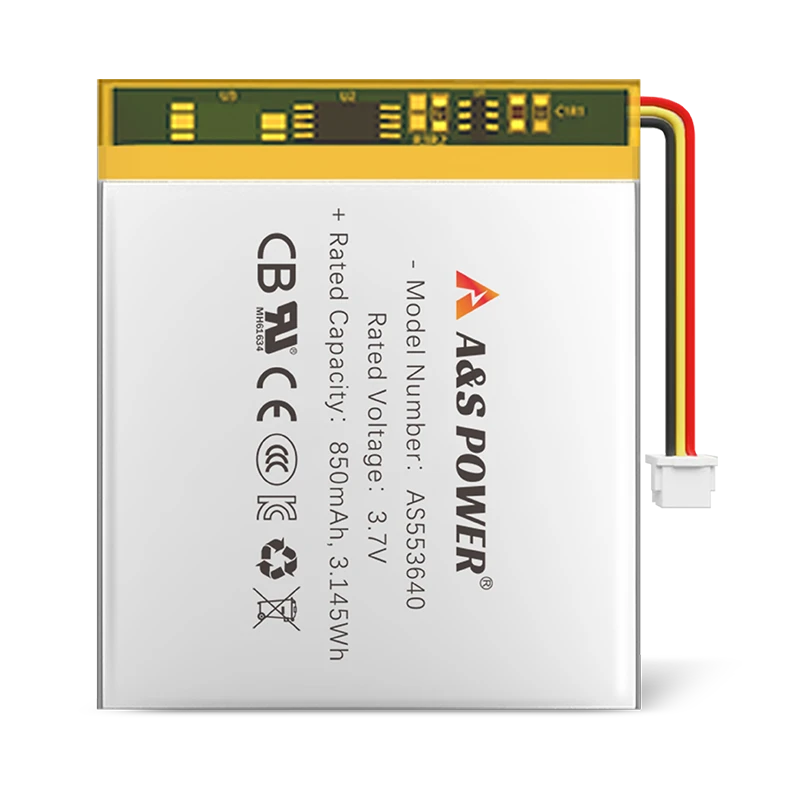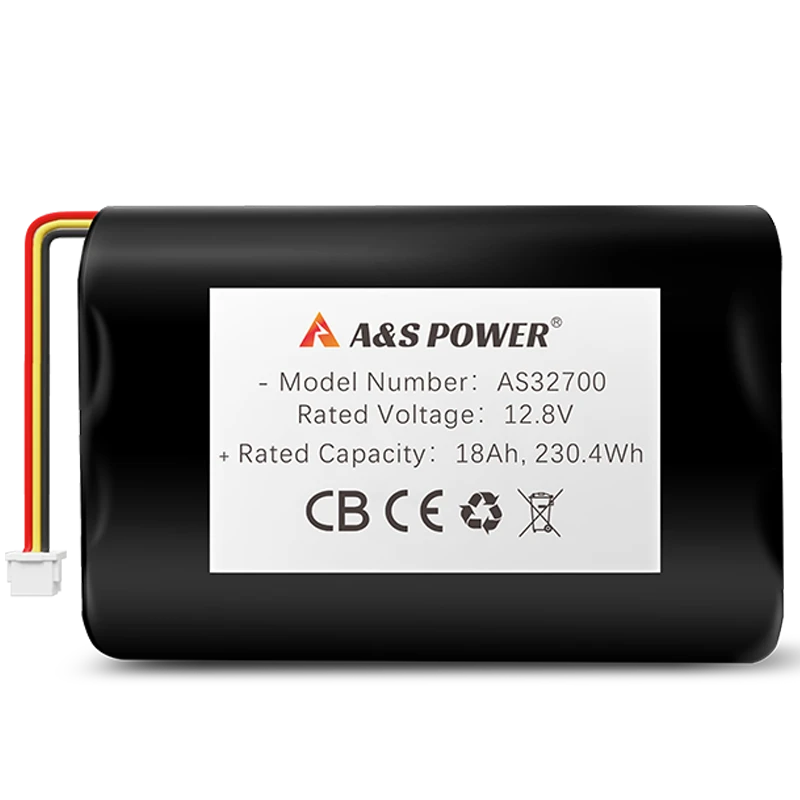Best 12V Battery for Solar Systems: 2025 Buyer's Guide
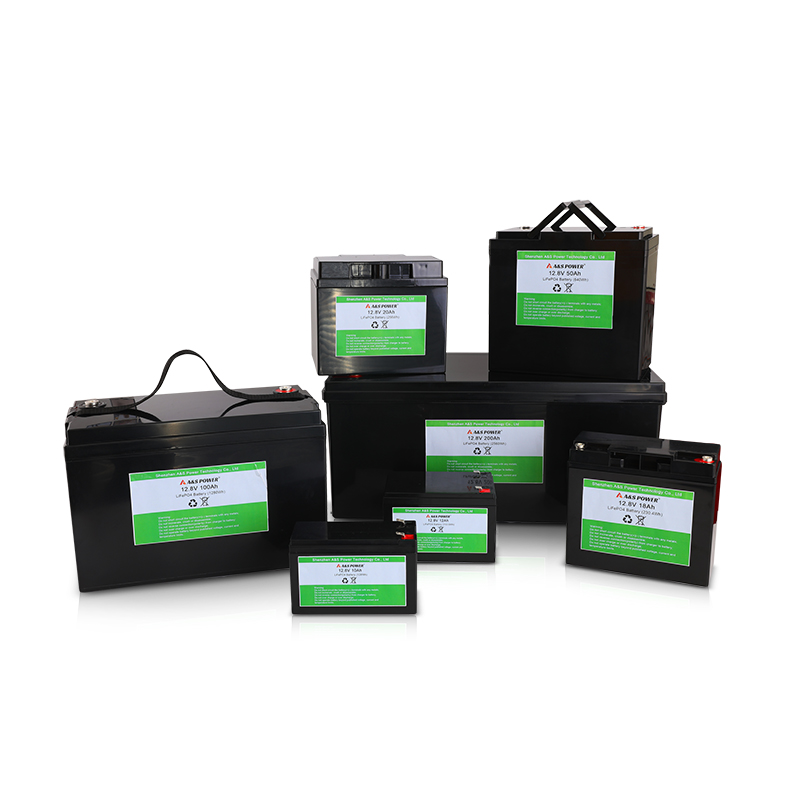
As the world moves steadily toward renewable energy, solar power systems have become more accessible, efficient, and widely adopted. Whether powering an off-grid cabin, a home backup system, or a commercial energy project, one key component determines performance and reliability—the battery.
Among all configurations, 12V batteries remain a standard for small to medium solar systems. But in 2025, with lithium technology rapidly advancing, what’s truly the best 12V battery for your solar setup?
This guide from A&S Power, a global lithium battery manufacturer, breaks down the data, technologies, and factors you need to know before making a decision.
1. Why 12V Batteries Remain the Solar Standard
The 12V system architecture is deeply rooted in solar installations because of its compatibility with DC systems and versatility. Many inverters, charge controllers, and appliances are designed around 12V configurations, making it easy to scale up or parallel multiple batteries.
However, the battery chemistry you choose—Lead-acid, AGM, Gel, or LiFePO4 (Lithium Iron Phosphate)—will determine overall efficiency, weight, and lifespan.
2. The Evolution of Solar Batteries (2020–2025)
Over the last five years, the solar storage market has shifted dramatically.
According to BloombergNEF (2024), global lithium battery demand for renewable energy applications grew by 38% year-over-year, driven by lower prices and improved energy density. Traditional lead-acid batteries have lost significant market share to lithium chemistries due to better cycle life, safety, and depth of discharge (DoD).
| Battery Type | Average Cycle Life | Depth of Discharge | Maintenance | Cost (2025 est.) |
|---|---|---|---|---|
| Lead-Acid | 300–500 cycles | 50% | High | $100/kWh |
| AGM | 500–700 cycles | 60% | Moderate | $130/kWh |
| Gel | 700–1000 cycles | 70% | Moderate | $150/kWh |
| LiFePO4 | 3000–6000 cycles | 90%+ | None | $200/kWh |
LiFePO4 (Lithium Iron Phosphate) is now the dominant choice for solar energy systems worldwide due to its safety, efficiency, and lifespan.
3. What Makes LiFePO4 Batteries the Best for Solar?
A. Efficiency and Usable Capacity
LiFePO4 batteries offer up to 98% charge/discharge efficiency, meaning nearly all the energy stored is usable.
By contrast, lead-acid systems typically waste 20–30% due to voltage drop and heat loss.
B. Cycle Life and Reliability
While lead-acid batteries degrade significantly after 500 cycles, A&S Power LiFePO4 batteries can exceed 4000–6000 cycles, translating to 10–15 years of operational life.
C. Weight and Installation
A 12V 100Ah LiFePO4 battery weighs about 10–12 kg, compared to 28–30 kg for a similar lead-acid unit—making transportation and mounting easier.
D. Environmental and Safety Benefits
Unlike lead-based batteries, LiFePO4 contains no toxic heavy metals and is 100% recyclable. It also maintains stability even under extreme conditions, with no thermal runaway risk.
4. How to Size Your 12V Battery for Solar Systems
To determine the ideal capacity, consider your daily energy use and autonomy days.
Here’s a simple sizing example:
-
Daily load: 1,200 Wh
-
Desired autonomy: 2 days
-
Battery voltage: 12V
-
Depth of discharge: 90%
Required capacity = (1200 × 2) ÷ (12 × 0.9) = 222 Ah
So, you’d need roughly a 12V 220Ah battery, or two 12V 110Ah batteries connected in parallel.
A&S Power’s AS12.8V 100Ah LiFePO4 battery is a common solution for such configurations.
5. Comparing Popular 12V Battery Models
| Model | Chemistry | Capacity | Weight | Cycle Life | Certifications |
|---|---|---|---|---|---|
| A&S Power AS12.8V 100Ah | LiFePO4 | 1280 Wh | 12 kg | 4000+ | UL1642, UN38.3, CE |
| Battle Born BB10012 | LiFePO4 | 1200 Wh | 13 kg | 3500 | UL1973, CE |
| Renogy Smart 12V 100Ah | LiFePO4 | 1280 Wh | 13.5 kg | 3000 | UN38.3, CE |
| Victron SuperPack 12.8V | LiFePO4 | 1280 Wh | 14 kg | 5000 | CE, IEC62133 |
While all are solid options, A&S Power stands out for customization—OEM/ODM clients can specify casing, BMS parameters, and dimensions.
6. Integration Tips for Solar Systems
-
Pair with MPPT Controllers for maximum efficiency
-
Ensure balanced charging between parallel batteries
-
Install proper ventilation (even for lithium, temperature affects performance)
-
Include a smart BMS with Bluetooth or RS485 monitoring
A&S Power's intelligent BMS systems allow real-time monitoring of voltage, temperature, and cycles, ensuring long-term stability.
7. Cost vs. Lifetime Value
While LiFePO4 batteries have a higher initial price, the cost per cycle is much lower.
Example:
-
Lead-acid: $150 cost / 500 cycles = $0.30 per cycle
-
LiFePO4: $450 cost / 4000 cycles = $0.11 per cycle
This nearly 3× improvement in cost efficiency explains why LiFePO4 dominates new installations in 2025.
8. 2025 Market Trends and Future Outlook
According to IEA’s Global Battery Report (2024), solar + storage systems will exceed 1.1 TWh of installed capacity by 2030, with LiFePO4 leading 65% of the chemistry mix.
Expect innovations such as solid-state LiFePO4 hybrids and modular battery packs designed for seamless system scaling.
9. Key Takeaways
-
12V systems remain ideal for compact solar setups
-
LiFePO4 is the top-performing chemistry in 2025
-
Focus on BMS quality, certifications, and cycle life
-
Choose proven manufacturers like A&S Power that offer OEM customization and global compliance
About A&S Power
Founded in 2001, A&S Power is a global leader in custom lithium-ion and LiFePO4 battery solutions, supplying OEMs across medical, solar, and wearable electronics industries. With certified facilities and decades of R&D expertise, A&S Power delivers safety, reliability, and innovation for energy storage worldwide.
- LiFePO4 Battery Products
- Custom Battery Design Services
- Contact A&S Power
- Learn About Certifications
-

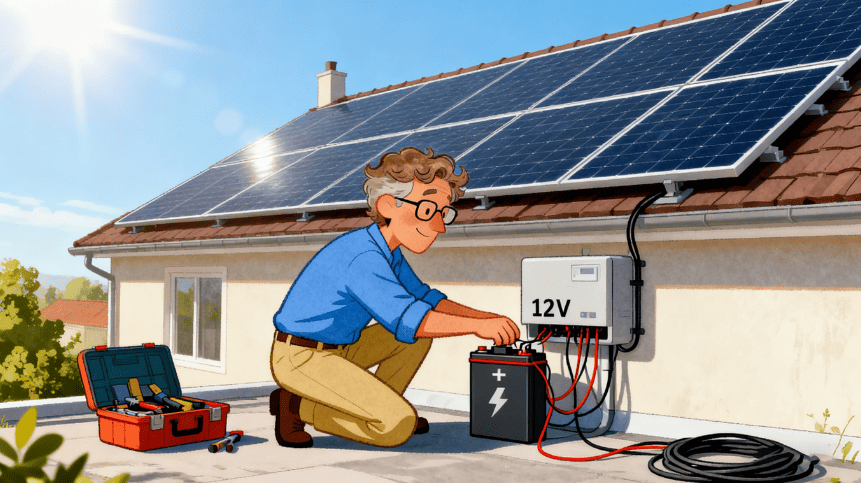 May.2025.11.06Best 12V Battery for Solar Systems: 2025 Buyer's GuideLearn More
May.2025.11.06Best 12V Battery for Solar Systems: 2025 Buyer's GuideLearn More -

 May.2025.11.05How to Keep Batteries Warm: Key Strategies for PerformanceLearn More
May.2025.11.05How to Keep Batteries Warm: Key Strategies for PerformanceLearn More -

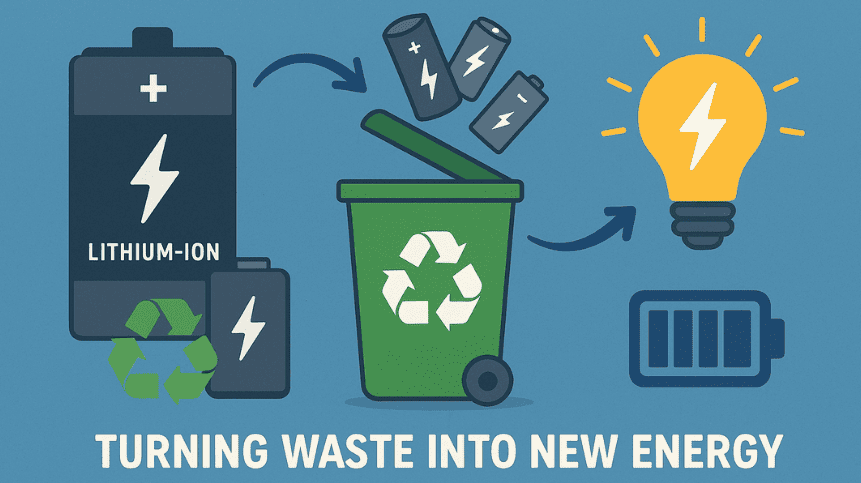 May.2025.11.04Recycling Lithium-Ion Batteries: Turning Waste into New EnergyLearn More
May.2025.11.04Recycling Lithium-Ion Batteries: Turning Waste into New EnergyLearn More -

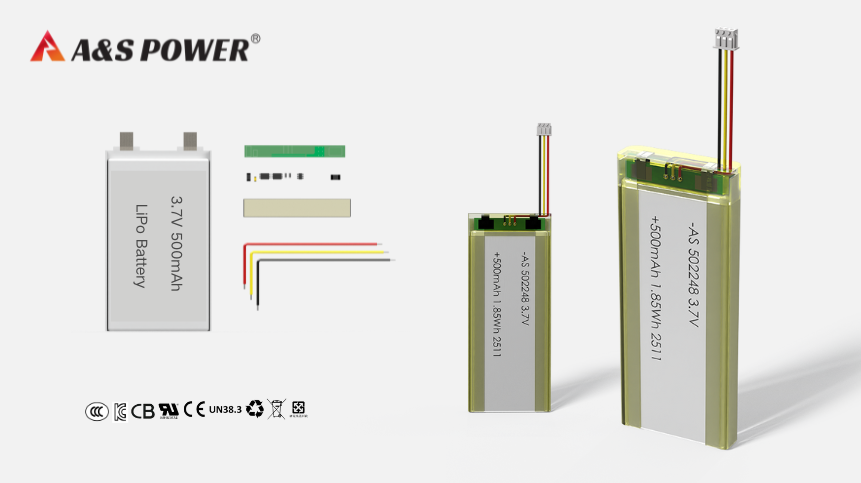 May.2025.10.213.7V 500mAh LiPo Battery: Reliable Power Solutions for Modern ApplicationsLearn More
May.2025.10.213.7V 500mAh LiPo Battery: Reliable Power Solutions for Modern ApplicationsLearn More -

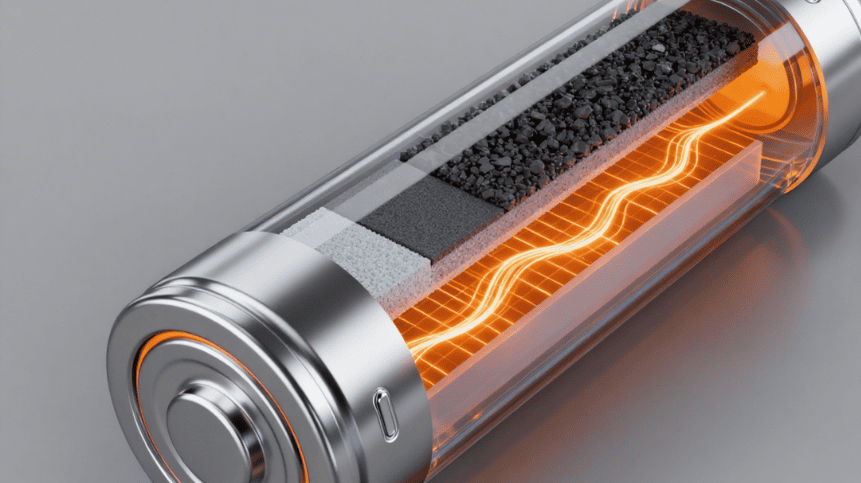 May.2025.10.20Understanding 18650 Lithium-Ion Battery Cycle Life: Causes of Decay and Key Improvement TechnologiesLearn More
May.2025.10.20Understanding 18650 Lithium-Ion Battery Cycle Life: Causes of Decay and Key Improvement TechnologiesLearn More




